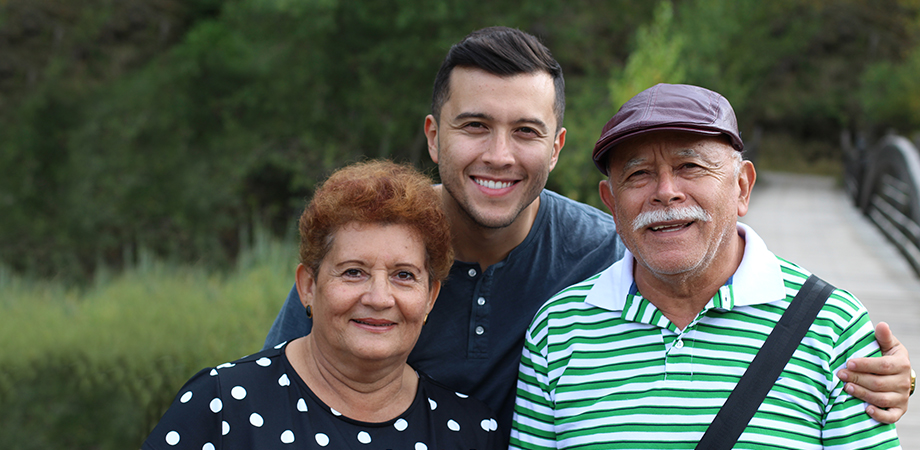March is Multiple Myeloma Awareness Month
Join with the aacr to find better ways to prevent and treat multiple myeloma

Multiple myeloma is a type of cancer that begins in plasma cells. These are white blood cells that are important to a healthy immune system. In cases of multiple myeloma, abnormal plasma cells (which are called myeloma cells) can build up in the bone marrow and form tumors in many of the body’s bones. These tumors may keep the bone marrow from making enough healthy blood cells and may weaken the bones.
Scientists do not fully understand the causes of multiple myeloma, but they know it is more common in some groups. These include older people, especially older men, and African Americans. Some common symptoms include bone pain, weakness or fatigue, weight loss, easy bruising or bleeding, frequent infections, and trouble breathing.
According to the National Cancer Institute’s Surveillance, Epidemiology, and End Results (SEER) Program, approximately 35,780 people living in the United States received a diagnosis of multiple myeloma in 2024. Furthermore, SEER estimates that about 12,540 people died of the disease in the same year.
More on multiple myeloma
- Smoldering multiple myeloma can lead to active disease, but a monoclonal antibody drug reduced the risk in patients at high risk for progression. Read more in Cancer Today magazine.
- Patients with multiple myeloma have more treatment options today, thanks to cancer research. Read more on the official AACR blog, Cancer Research Catalyst: From Bench to Bedside: New Frontiers in Multiple Myeloma.
- Hematologist-oncologist C. Ola Landgren, MD, PhD, explains how measuring minimal residual disease could help speed up development of drugs for multiple myeloma. Cancer Today has the story.
- To help find more treatment options for smoldering multiple myeloma, researchers are suggesting that some changes may be needed to traditional clinical trial design. Learn more on Cancer Research Catalyst.
Survivor: Vicki W. Jones

Vicki W. Jones of Spokane, Washington, has been living with multiple myeloma for more than 20 years. She said she had never heard of multiple myeloma when she was diagnosed with it at the age of 51.
“There are two words I use all the time,” she said. “One is ‘progress’; the other is ‘progression.’ I am incredibly lucky that progress in cancer research has been faster than the progression of my disease.”
She gives credit to advances in chemotherapy and immunotherapy that have allowed her to utilize one treatment after another. She has been doing well on talquetamab (Talvey). Vicki’s cancer journey is featured in the AACR Cancer Progress Report 2024.
Survivor: Oya Gilbert

“It wasn’t an easy road to diagnosis,” said multiple myeloma patient Oya Gilbert. The Waynesboro, Pennsylvania, man was diagnosed after two years of seeking help for progressively painful episodes. He was treated with several therapeutics and a stem cell transplant, and his cancer is currently under control. He was surprised to learn that multiple myeloma is approximately twice as prevalent in African Americans as it is in the white population. Read his story in the AACR Cancer Disparities Progress Report 2024.
how the AACR supports Research in this area
In 2022, Kara Cicero, MD, MPH, a clinical fellow in hematology and medical oncology at Columbia University, received the AACR-Bristol Myers Squibb Cancer Disparities Research Fellowship to study prevalence and risk factors of MGUS (Monoclonal Gammopathy of Undetermined Significance), a multiple myeloma precursor, in a Black sub-Saharan African population.
“I hope that our study will deepen our understanding of the racial disparities surrounding MGUS and multiple myeloma in an understudied population that is also most likely to be affected,” she said.
for more information
Please see our page on multiple myeloma, which includes information on treatment options.


